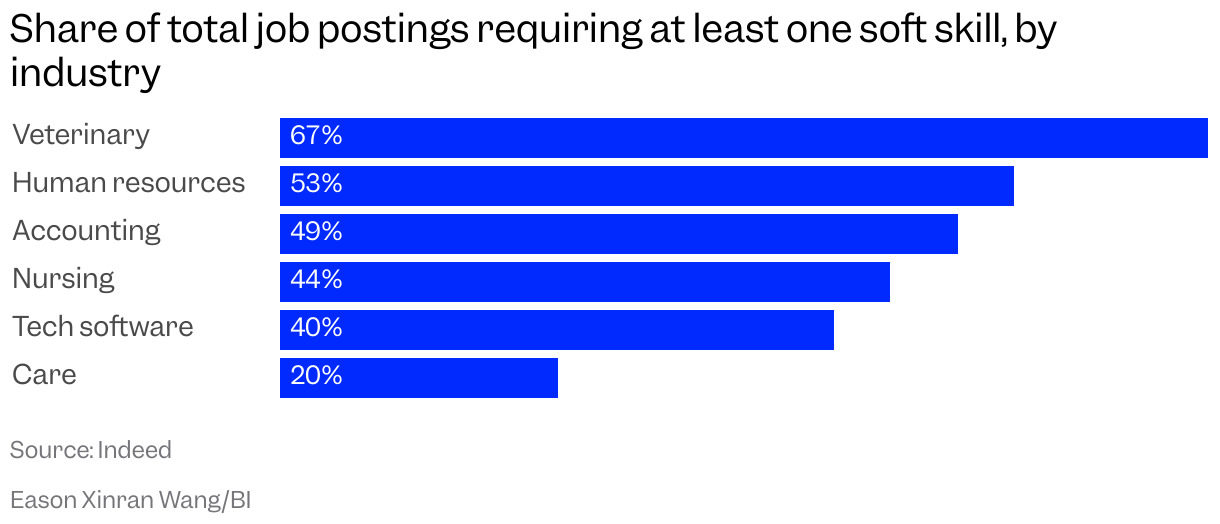Archie Mayani is the chief product officer at GHX, a global supply chain company that uses data and cloud-based technologies to connect healthcare providers like hospital systems and their suppliers.
For more than 20 years, Mayani has worked on clinical and supply-chain health technologies at companies like Change Healthcare and United Health Group.
At GHX, Mayani works to ensure that the company develops technology that can help hospitals procure patient supplies — like implants and IV fluids — as seamlessly as possible. By using AI-powered technologies that can anticipate supply chain disruptions, prioritize them in order of most critical, and identify substitutions, hospitals can be better equipped to provide effective patient care.
Business Insider interviewed Mayani about what sets healthcare apart from other industries when it comes to AI implementation.
This interview has been edited for length and clarity.
Rachel Somerstein: How is healthcare unique as an industry, particularly when we think about the integration of AI?
Archie Mayani: I’m based in Silicon Valley, where everybody wants to fail fast and move forward. But healthcare is very different from other sectors using AI.
When you are building a dating app and your AI hallucinates, it’s kind of funny and makes a great first-date story. When you have a patient on the operating table and you don’t have the right supplies delivered at the right time, it’s scary.
Can you talk about the goals of AI implementation in healthcare supply chain management?
Healthcare is about patient safety and how you use technologies responsibly, always putting the patient in the center. When we think about supply chain management, it’s almost like an invisible operating system in this shared ecosystem of patient care and delivery.
GHX’s mission with AI implementation revolves around delivering the right supplies at the right time to improve the quality of care and make it more affordable.
How did you arrive where you are now?
We have been leveraging AI and machine learning for the last 15 years. A lot of our work during the pandemic involved making supply disruptions more visible, with the goal of making supply chains more resilient and proactive.
One of the most important cases we thought about, coming fresh off the pandemic, was, “Can we look at backorder anticipation?”
It doesn’t matter what the cause is — it can be geopolitical conflict or meteorological tragedies. It could be that a trailer was dislodged and now we’ve lost the supplies on the freeway. But if we can anticipate back orders, we can anticipate disruption.
If the system is intelligent enough, it could recommend nearby substitutes within your distributed area. We started there, on a path of, “We’re going to build this machine-learning model that’s going to be intelligent, anticipate these disruptions, and make substitution recommendations.”
Where is AI in supply chain management working best right now?
We have an agile development approach at GHX, where our customers give us live feedback. We had an “aha” moment from our customers: They said, “This is absolutely what we’ve asked for for the past 20 years. You are starting to predict all of these disruptions, but the disruption of a Band-Aid is not the same as a disruption of IV fluid.”
They asked, “Can you make this technology even more intelligent for what I need, depending on where I think my most critical risks are and what kind of care delivery is most important to my organization?”
So we came up with the idea of clinical sensitivity and a confidence score, essentially to validate whether disruptions are clinically relevant to specific customers.
That was one of the things that changed the trajectory of our AI implementation road map: Just because we can deliver insights doesn’t make them useful; they have to be predictive and personalized.
What does the future of AI in healthcare supply chain management look like?
Since healthcare is different and unique from other industries, our approach is to automate workflows as much as possible using agents while keeping a human in the loop. Once the customer feels confident, we can start fully abstracting those workflows so that AI agents are handling them entirely.
The other place gaining traction is copilot environments. For example, we have a product called the perfect order dashboard, which marries data insights. A customer may say, “Show me the view of my world, of where the supplies are, of where I’m doing an exceptional job with my suppliers getting those supplies on time, making sure that the orders and invoices are paid on time, and show me all of the discrepancies.” Still, that’s not enough.
The copilot allows you to tell a story with that data, very similar to a ChatGPT-like experience: “Show me the top three defaulting suppliers not delivering supplies on time.”
Once you have those supplier lists generated, you can say, “Send an email to XYZ supplier, making sure we have a quarterly business review scheduled, and please attach the perfect order dashboard view showing the last quarter’s trend.”
It might seem small, but it’s a huge value-add. It used to take maybe three or four hours to understand the data, extract insights, and drive follow-up actions and decisions. Now, it takes minutes.
What advice do you have for others in your position or who hope to be?
The hardest or most useful thing you can do is to say no.
In healthcare, everything is urgent — and it truly is. But not everything matters equally. So, the ability to say no to the right things and ensure that you’re focusing on the highest value-added items for your customers is critical when you’re in healthcare.
Big Tech, or even a smaller tech startup, can innovate as research labs and fail. We don’t have that option. So understanding what matters now, what will matter in 10 years, and finding the right balance to focus on the right innovations, becomes critical.
It’s about having the right data, the right governance and mechanisms, and always thinking about performance, security, and privacy. It’s also about making responsible choices on where to invest your energy, so that you’re ultimately not working on the sexiest, coolest, or hardest things.
It comes back to the patient: making care affordable and of the highest quality possible.























